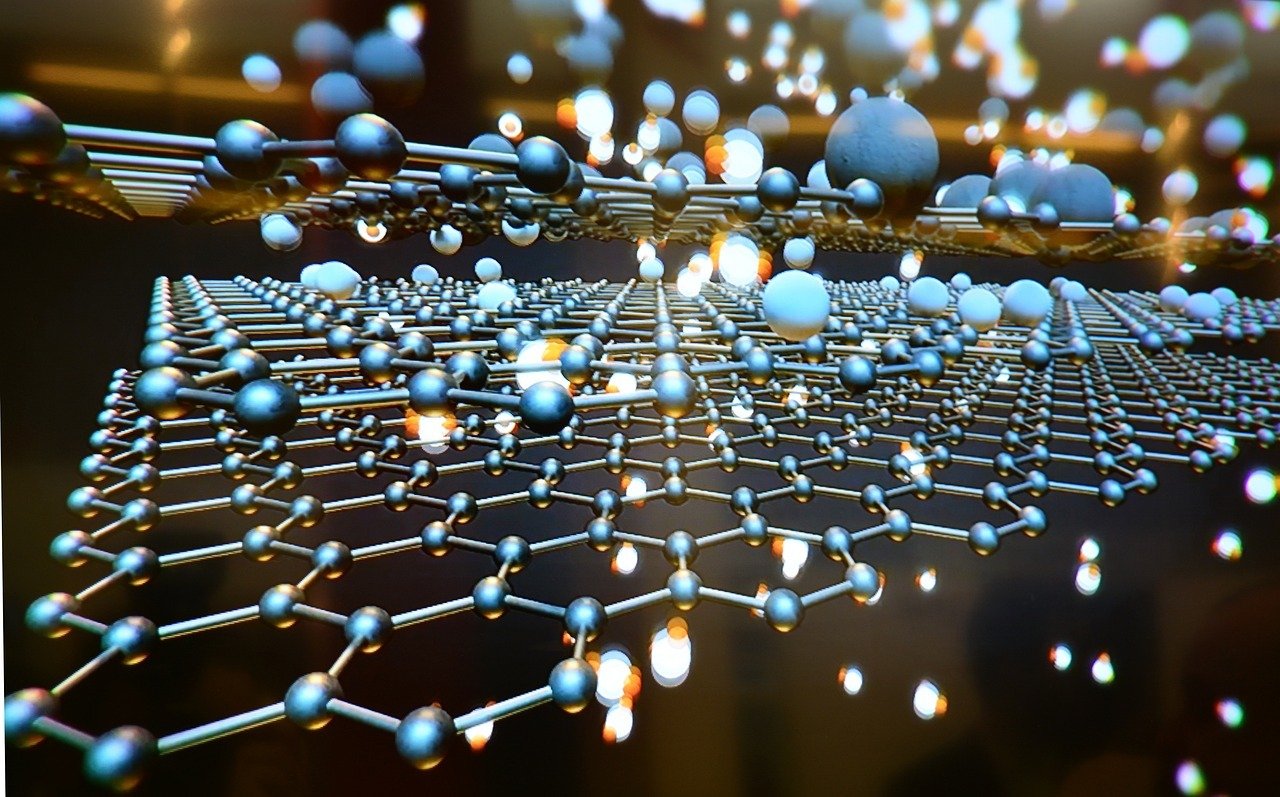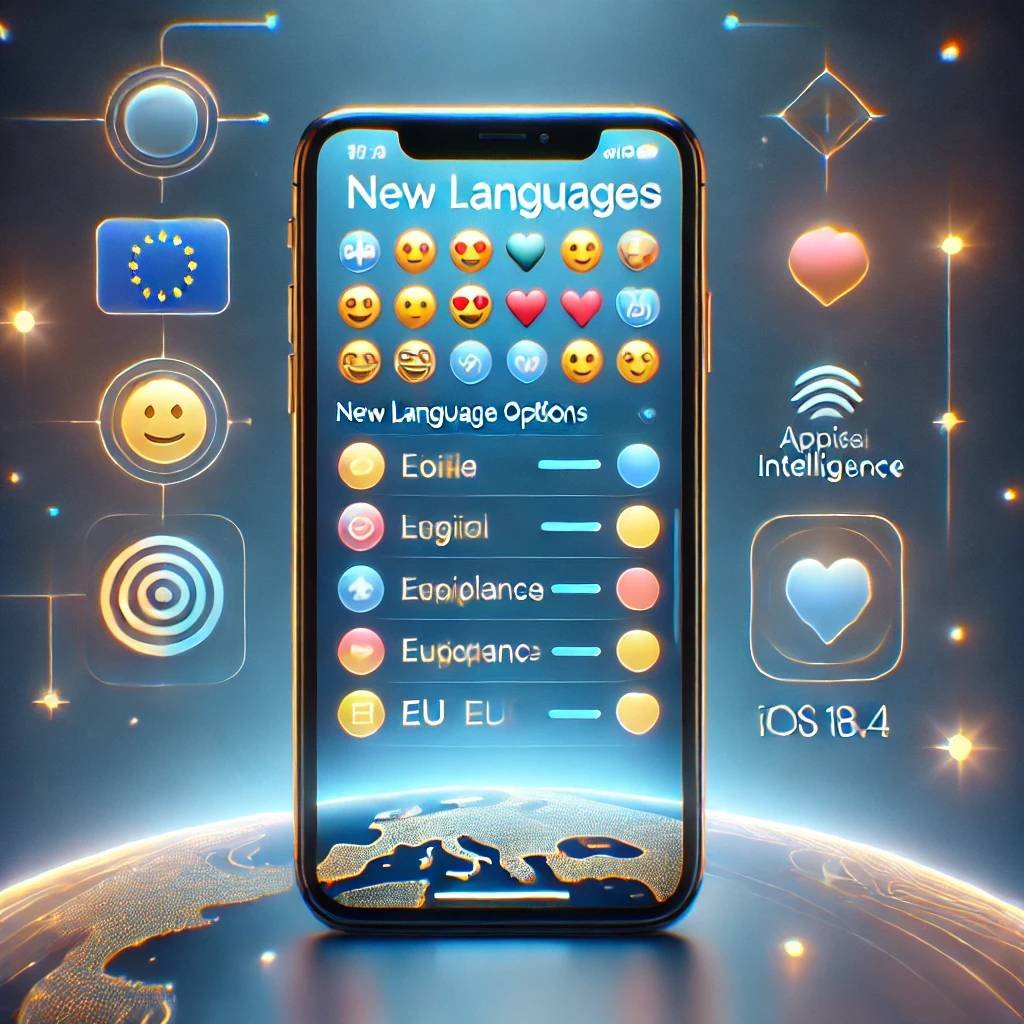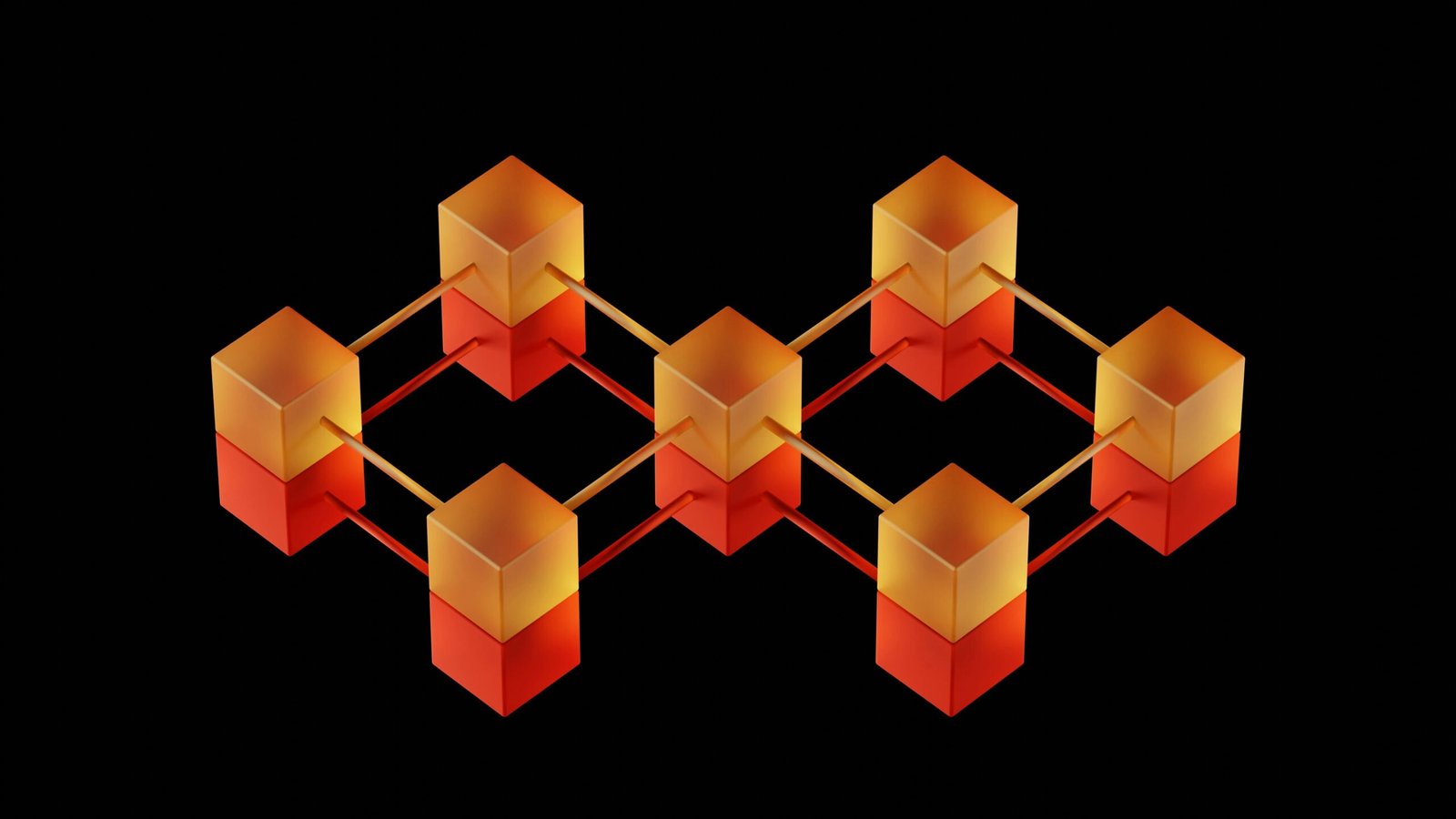The Advantages and Purpose of Graphene Brain Computer Interfaces
Graphene brain computer interfaces (BCIs) have emerged as a groundbreaking technology with the potential to revolutionize the way we interact with computers and enhance our cognitive abilities. These interfaces are built using graphene, a super-thin and highly conductive material that allows for seamless communication between the human brain and computers.
The purpose of graphene BCIs is to bridge the gap between humans and machines, enabling direct and efficient communication without the need for traditional input devices such as keyboards or touchscreens. By harnessing the power of the human brain, these interfaces have the potential to unlock a wide range of applications and benefits.
Advantages of Graphene BCIs
Graphene BCIs offer several advantages over conventional input methods:
- Seamless Integration: Unlike traditional input devices, graphene BCIs can seamlessly integrate with the human brain, allowing for faster and more efficient communication.
- Enhanced Cognitive Abilities: These interfaces have the potential to enhance our cognitive abilities by providing direct access to vast computational power and information resources.
- Improved Accessibility: Graphene BCIs can greatly improve accessibility for individuals with physical disabilities, enabling them to control computers and other devices using their thoughts.
- Increased Efficiency: By eliminating the need for physical input devices, graphene BCIs can significantly increase efficiency in various fields, including healthcare, gaming, and research.
- Potential for New Applications: The unique properties of graphene make it an ideal material for BCIs, opening up possibilities for new applications such as mind-controlled prosthetics, virtual reality experiences, and advanced brain mapping.
How Graphene BCIs Can Help Us
Graphene BCIs have the potential to revolutionize various aspects of our lives:
- Healthcare: In the field of healthcare, graphene BCIs can enable precise control of medical devices, facilitate brain-computer communication for patients with paralysis or neurodegenerative diseases, and aid in neurorehabilitation.
- Education: These interfaces can enhance learning experiences by providing direct access to vast knowledge resources, enabling faster information processing, and promoting interactive and immersive educational platforms.
- Entertainment: Graphene BCIs can revolutionize gaming and entertainment industries by allowing users to control virtual characters and environments using their thoughts, providing a more immersive and interactive experience.
- Research: Researchers can utilize graphene BCIs to gain deeper insights into the functioning of the human brain, paving the way for advancements in neuroscience and cognitive science.
Overall, graphene brain computer interfaces hold immense potential to transform the way we interact with computers, enhance our cognitive abilities, and improve various aspects of our lives. As research and development in this field continue to progress, we can expect to witness exciting advancements and applications that will shape the future of human-computer interaction.
As always, adding output from Bard for more information regarding the matter
Graphene brain-computer interfaces (BCIs) are a new type of BCI that use graphene electrodes to record and stimulate brain activity. Graphene is a single layer of carbon atoms that is incredibly thin, flexible, and conductive. These properties make graphene ideal for use in BCIs.
The purpose of graphene BCIs is to improve the performance and usability of BCIs. Graphene BCIs have a number of advantages over traditional BCIs, including:
- Higher sensitivity and accuracy: Graphene electrodes are more sensitive than traditional electrodes, meaning that they can detect smaller changes in brain activity. This leads to more accurate recordings and stimulations.
- Better biocompatibility: Graphene is biocompatible, meaning that it is not harmful to the body. This is important for BCIs, which are implanted directly into the brain.
- More flexibility: Graphene electrodes are flexible, meaning that they can conform to the shape of the brain. This makes them more comfortable and less likely to cause damage to the brain.
Graphene BCIs have the potential to help us in a number of ways. For example, graphene BCIs could be used to:
- Restore function to people with paralysis: Graphene BCIs could be used to control prosthetic limbs and other devices, allowing people with paralysis to regain control of their bodies.
- Treat neurological disorders: Graphene BCIs could be used to treat neurological disorders such as Parkinson’s disease and Alzheimer’s disease.
- Enhance human cognitive function: Graphene BCIs could be used to enhance human cognitive function, such as memory and attention.
Graphene BCIs are still in their early stages of development, but they have the potential to revolutionize the way we treat and interact with the brain.
Here are some specific examples of how graphene BCIs could help us:
- A person with paraplegia could use a graphene BCI to control a prosthetic leg, allowing them to walk again.
- A person with Parkinson’s disease could use a graphene BCI to reduce their tremors and improve their coordination.
- A person with Alzheimer’s disease could use a graphene BCI to improve their memory and cognitive function.
- A student could use a graphene BCI to improve their focus and concentration while studying.
- A gamer could use a graphene BCI to control their character in a video game with their thoughts.
Graphene BCIs have the potential to improve our lives in a number of ways. As graphene BCI technology continues to improve and become more affordable, it is likely that more and more people will be able to benefit from it.







